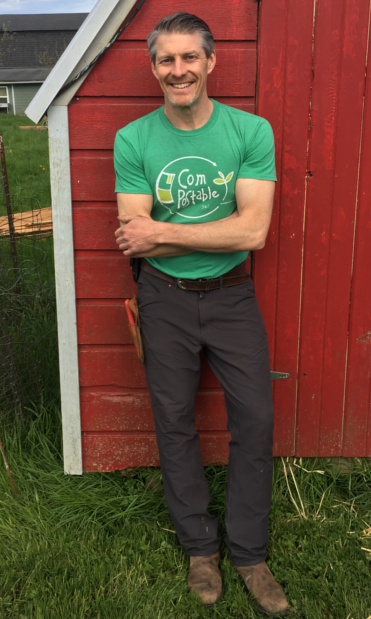Last week was summer solstice. Daylight hours are abundant. My continual urge is to get up early so as to not miss out on all the warmth and light. It seems a bit of a loss to sleep away the summer mornings!
Do you feel like the summer months get compressed? For me, the warm weather and long daylight hours seem to have barely arrived and they’re already heading out the door.

There’s something very profound for me in noting the interplay between abundant light, nature’s growth and my busyness followed by darkness, dormancy and rest(oration). The adage ‘making hay while the sun shines’ is very sensible. For all things there is a season.
It’s one thing to have our own fresh produce from the garden when it’s summer time but it’s an absolute triumph to have it in supply when the days are shorter and cooler. With a little bit of Summer Planning + Fall Planting we are able to enjoy Winter Harvests!
As the summer garden is taking off it’s an ideal time to start a second round of seedlings.

After our garlic and greens are harvested there will be time and space in our garden to plant a new round of starts. I’m thinking of those ‘hardy garden buddies’ (kale, chard, cabbage, sprouting broccoli) which can stand up to cooler, darker seasons of the year and continue producing healthy, life-giving nutrition. These groupings of plants are commonly referred to as Brassica or cruciferous veggies.
Some of these seeds, soon to be transplants, may be ready to head into the garden in 1 month. Some may take twice that long.
I don’t generally start root vegetables in starter trays but rather seed them directly in the garden in late July. I’m talking about things like: carrots, parsnips and beets. If you do try, beets can be successful. When I’ve tried carrots they typically get gnarly and multi fingered because the baby root rarely transplants straight down.
To get my seeds started, I prefer to use a bench under a shady tree to hold my seed trays. In the midst of warm summer days, the seeds and soil can dry out quickly when direct sunlight is on them. So, the shaded location helps to moderate temperature and maintain moisture for optimal seed germination.
Remember that seeds don’t need light to germinate. They need warmth, moisture and time.

It can be helpful to put cardboard or a coffee sack over top of seed trays to keep out inquisitive birds, retain moisture in the soil and stabilize temperature.
These are the items I assemble to get started: soil starter mix, seeds, seed tray/pots, watering can, labels/popsicle sticks and a permanent marker.
Keep those seeds moist and celebrate their cute baby-ness when they sprout. Be sure to introduce your starts to direct sunlight BEFORE you transplant them or else the new ‘full on’ levels of heat and light may overwhelm them.
I’ll share my worst transplant experience for your amusement!
Spoiler: I’ve never found chickens in the garden to work very well but this was the breaking point for me. We had 85 beauty cabbage, kale and chard plants ready for winter. We planted them in the garden and I was jubilant. The same day, their first day in the garden, a gate was left open between the chickens and the new starts. Nobody was home for a few hours. When we returned, every single plant had been eaten. No winter veggies from our garden that year.










